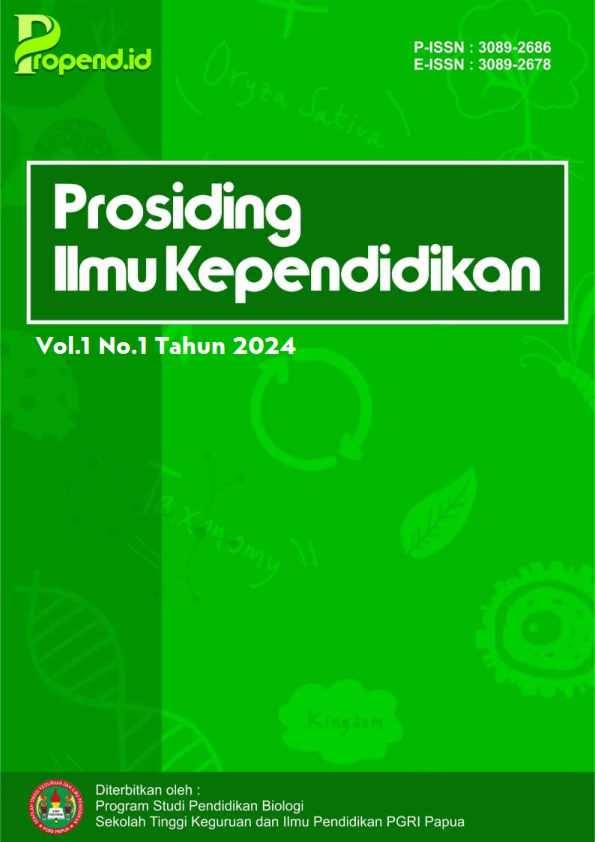Studi Literatur Model Pembelajaran Kooperatif Tipe TPS (Think, Pair, Share) terhadap Hasil Belajar
Keywords:
Think, Pair, Share, Cooperative Learning, Learning Outcomes, Student InteractionAbstract
The Think, Pair, Share (TPS) type cooperative learning model is a designed approachto encourage interaction between students with the ultimate goal of improving understanding and outcomeslearn them. This research aims to analyze in depth the influenceapplication of the TPS model to student learning outcomes in various educational contextsdifferent. Through a comprehensive literature study, it was found that the application of this model is notcan only increase learning motivation, but also strengthen student engagement, as wellmake a significant positive contribution to their academic results. this finding shows that TPS is a very effective strategy and is worth implementing in learning processes at various levels of education, from basic education to education tall. This model is able to create a more interactive and collaborative learning environment,which in turn supports the development of students' academic and social competencies.
References
Hattie, J., & Timperley, H. (2007). The power of feedback. Review of Educational Research, 77(1), 81–112. https://doi.org/10.3102/003465430298487
Jansen, E. P. W. A., & Pater, R. (2013). The effects of Think-Pair-Share on students’ learning outcomes in higher education: A systematic review. Educational Research Review, 8, 1–16. https://doi.org/10.1016/j.edurev.2012.11.002
Johnson, D. W., & Johnson, R. T. (1999). Learning together and alone: Cooperative, competitive, and individualistic learning. Allyn & Bacon.
Kagan, S. (1994). Cooperative learning. San Juan Capistrano, CA: Kagan Cooperative Learning.
Slavin, R. E. (1995). Cooperative learning: Theory, research, and practice. Allyn & Bacon.





